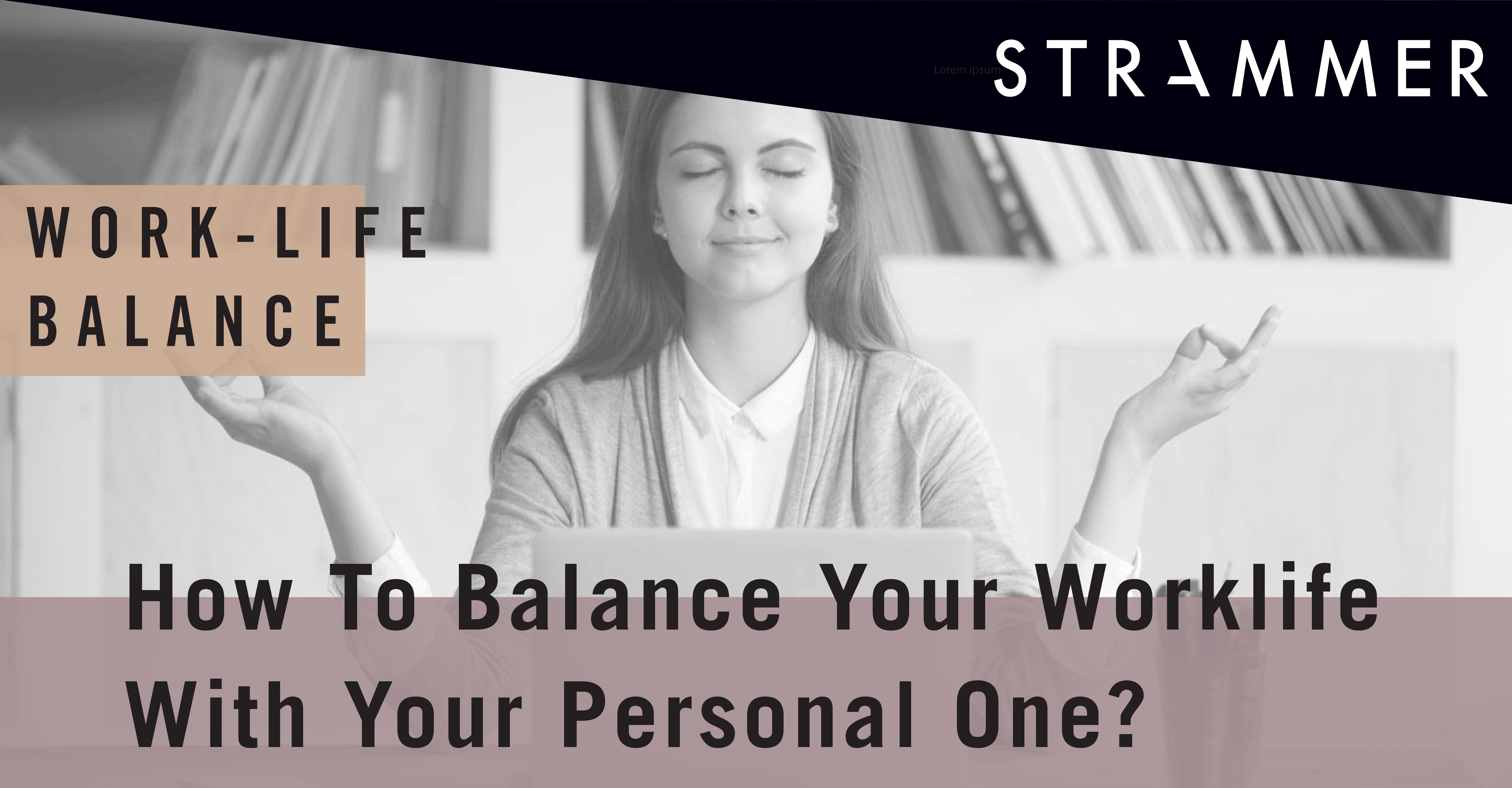Work-Life Balance at the Workplace
One of the most important things companies can do for their employees is to treat them as the humans they are meaning someone with a life outside of the office, a family to take care of and time needed for themselves. Reduced productivity and poor work performance can be the result of a poor work-life balance.
Although, a Wrike study from 2018 showed that 94% of employees in the UK and the US were subjected to stress at work, an employee satisfied with his personal life and work will be more productive and happier. Work-life balance is about achieving the right equilibrium among all responsibilities.
Time management techniques are an effective strategy to maintain the balance between responsibilities. It is a way to organise daily tasks, to understand and take advantage of productive hours, and to manage schedule around them. At work, employees are expected to disconnect from their personal lives. So, they should learn to disconnect from work when it finishes. Work hard and rest harder.
It is equally crucial to have time for oneself through hobbies like reading, writing, listening to music or even investing in personal projects is a necessity. It will help focus and make us better workers.
As much as technology can help us achieve a balanced life, it can also be negative. Technological developments have allowed employees to be connected to work outside the workspace. So, it is crucial to set boundaries and disconnect from work when it finishes. In 2017, France established the “right to disconnect”, a law principle stating that employees do not have to respond to work correspondence during non-working hours.
In addition, employees should surround themselves with people who positively impact their lives. Colleagues, friends, and family are all important to accomplish this goal. Not only will they support them, but they will also help in time of difficulties. Delegating household tasks (cleaning, gardening, etc) to external help or taking care of some household chores (grocery shopping, going to a doctor’s appointment or to the pharmacy, dry cleaning, etc.) during lunch breaks can also be beneficial.
Companies should promote employees’ work-life balance. It decreases burnouts, stress levels and increases productivity and performance. Encouraging workers to respect working hours is key. Some organisations are offering non-working activities to help employees rest, disconnect and have more time for themselves.
Flexibility at work can also help employees achieve the balance that everyone wants. Some companies started allowing employees to choose their working hours and/or working from home. According to the Better Life Index research from the OECD, the Netherlands is the country with the best work-life balance in 2019.
We need to stop feeling so ashamed and guilty for spending time on our family and ourselves. Maintaining a work-life balance is a challenge that we need to face.
References:
- Work-Life Balance: Is It Really Possible?, November 2018, Forbes
- 10 Myths About Work-Life Balance and What to Do Instead, June 2019, Entrepreneur
- You Don’t Have to Choose: 5 Tips for Balancing Your Personal Life With Your Business’s Growth, September 2019, Inc.
- How to Encourage Better Work-Life Balance Among Your Employees, August 2019, Inc.





